ECB President Mario Draghi delivers his speech on “Monetary policy in the euro area” at the ECB Forum on Central Banking today.
He opened by saying that “the euro area’s economy continues on a growth path and inflation is gradually returning towards our objective.” But recent data created “questions about the durability of the growth outlook”. And, the financial crisis presented policy makers with “new issues and fresh challenges in understanding the wage- and price-setting process.” For now, “ample degree of monetary accommodation” will help lifting inflation towards target. And that will be “maintained even after a gradual winding-down of our net asset purchases.” Draghi emphasized that “this requires monetary policy in the euro area to remain patient, persistent and prudent.”
Draghi reiterated the decisions made last week on ending the asset purchase program in December, reinvesting the principle payments afterwards, and, keep interest rates unchanged through the summer of 2019. He added that “this enhanced forward guidance clearly signals that we will remain patient in determining the timing of the first rate rise and will take a gradual approach to adjusting policy thereafter.




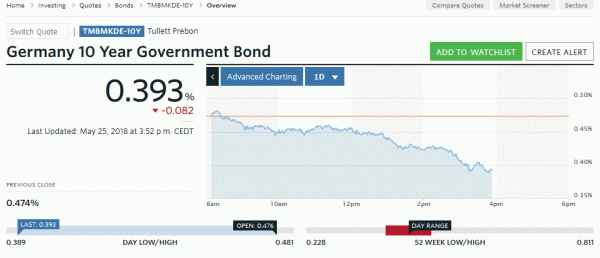
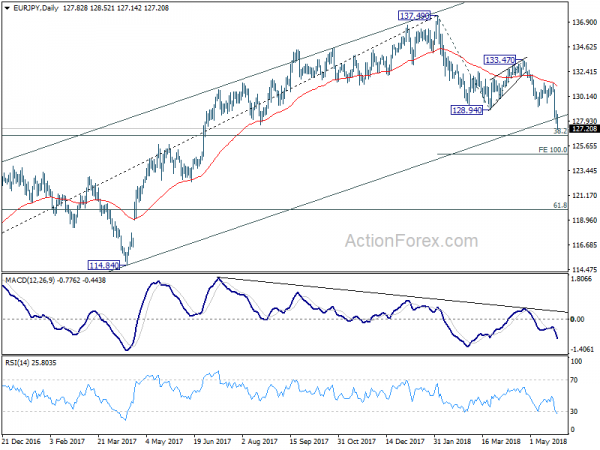
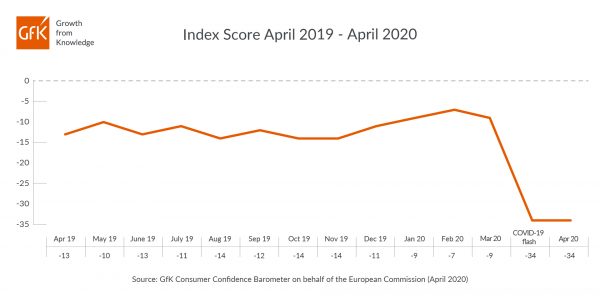
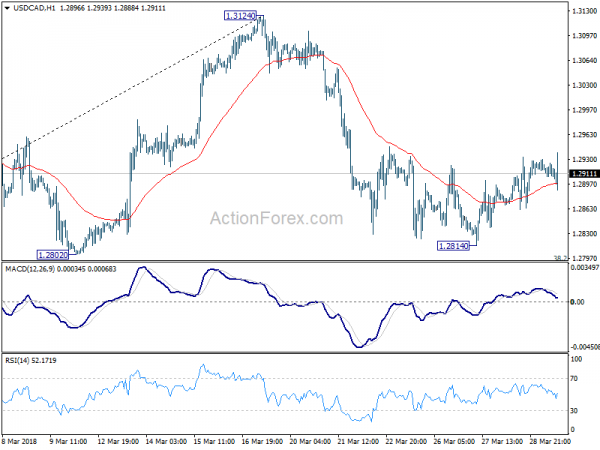
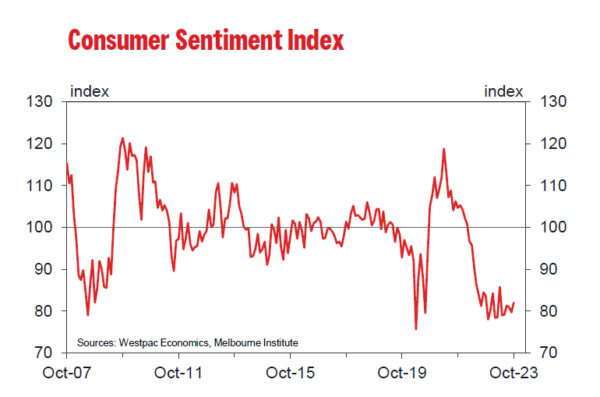

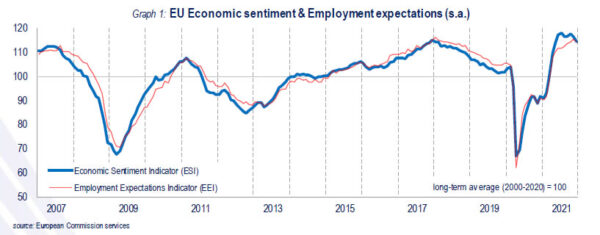
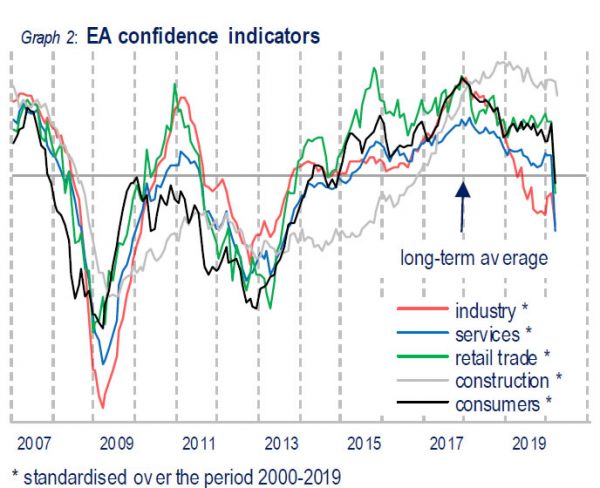
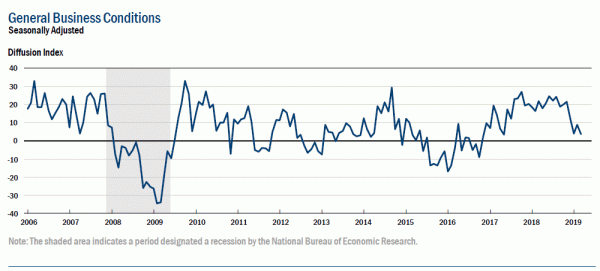
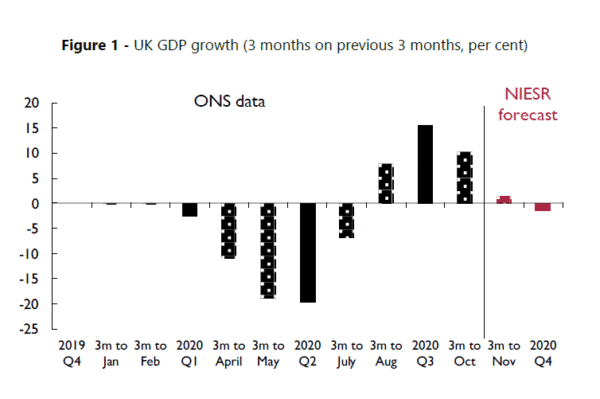
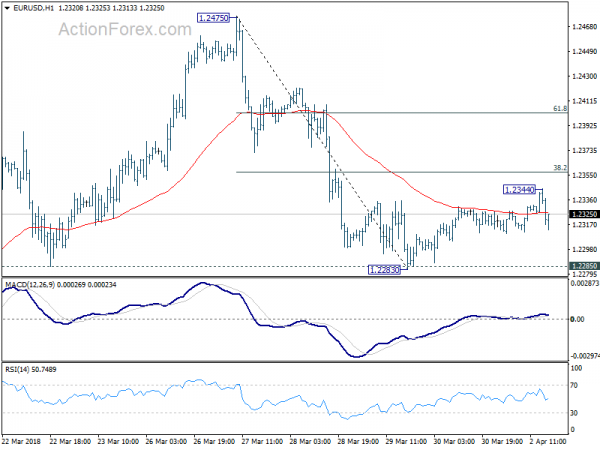
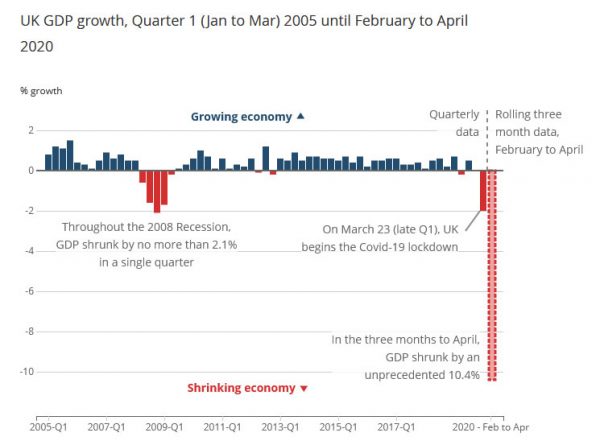
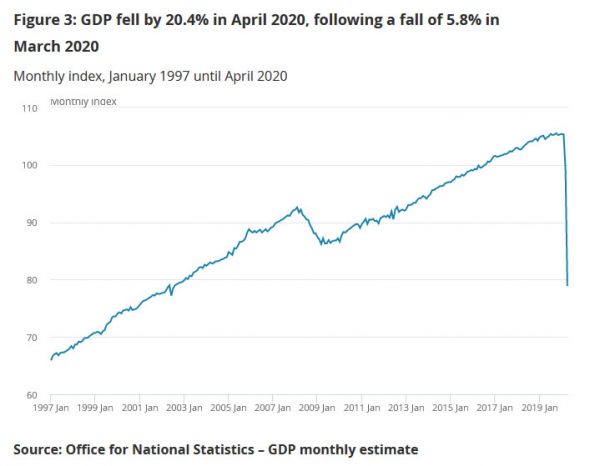
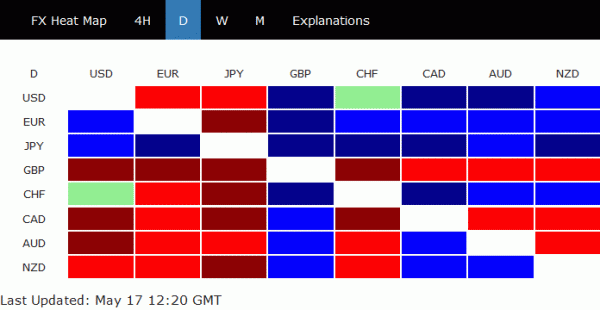

45 trade groups warn Trump: Don’t do something commercially meaningless and penalize Americans
45 trade groups wrote an open letter to Trump trying to stop him from starting a trade war with China. In a joint open letter: –
The group urged Trump’s administration to take “measured, commercially meaningful actions consistent with international obligations” and warned Trump not to “penalize the American consumer and jeopardize recent gains in American competitiveness.” It’s clear to the group of businesses what Trump is trying to do regarding tariff on China is not commercially meaningful.
The group also warned of the “chain reaction of negative consequences” of trade war with China by “provoking” retaliation. And Trump should not respond to unfair Chinese practices and policies by measures that will “harm U.S. companies, workers, farmers, ranchers, consumers, and investors.”
In particular, it’s listed out in the letter that
Additionally, the group warned that “imposition of unilateral tariffs by the Administration would only serve to split the United States from its allies”.
Here is a copy of the letter.
And below is the list of trade groups: